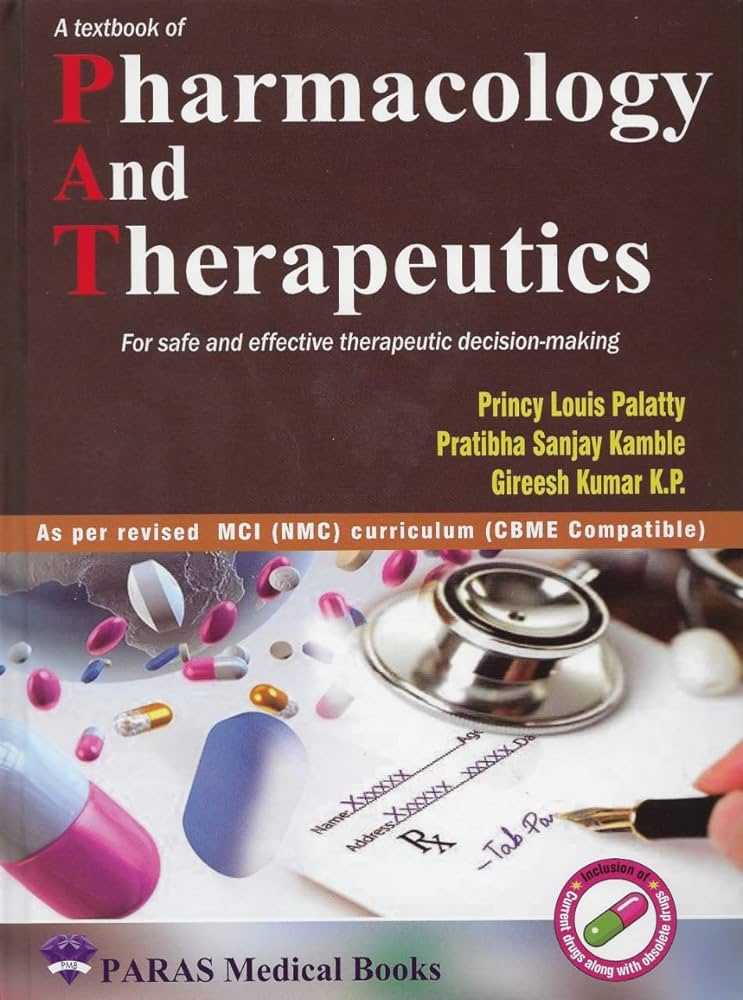代谢功能障碍相关脂肪肝的成纤维细胞生长因子受体信号:发病机制和治疗靶点
IF 12.5
1区 医学
Q1 PHARMACOLOGY & PHARMACY
引用次数: 0
摘要
代谢功能障碍相关脂肪性肝病(MAFLD)已成为代谢综合征的一种重要肝脏表现,随着肥胖和糖尿病的流行,其患病率在全球范围内不断上升。MAFLD代表了一个连续的肝损伤,从简单的脂肪变性到代谢功能障碍相关的脂肪性肝炎(MASH)。这种情况可以发展为更严重的结果,包括纤维化和肝硬化。成纤维细胞生长因子受体(FGFRs)是一个由四个受体酪氨酸激酶(FGFR1-4)组成的家族,可与旁分泌和内分泌成纤维细胞生长因子(FGFs)相互作用。这种相互作用激活酪氨酸激酶残基的磷酸化,从而触发下游信号通路,包括RAS-MAPK、JAK-STAT、PI3K-AKT和PLCγ。在MAFLD的背景下,旁分泌FGF-FGFR信号主要倾向于肝纤维化和癌变的发展。相比之下,内分泌FGF-FGFR信号主要倾向于调节胆汁酸、碳水化合物、脂质和磷酸盐的代谢,以及维持体内能量代谢的整体平衡。这些偏倚信号通路之间的相互作用显著地影响了MAFLD的进展。本文从三个方面探讨了FGFR信号在MAFLD中的关键功能:首先,它检查了FGFR相对于其结构的主要作用;其次,综述了FGFR信号在肝脏脂质代谢中的作用,阐明了MAFLD发生发展的机制;最后,它强调了靶向FGFR信号治疗MAFLD及其相关疾病的药物开发的最新进展。本文章由计算机程序翻译,如有差异,请以英文原文为准。
Fibroblast growth factor receptor signaling in metabolic dysfunction-associated fatty liver disease: Pathogenesis and therapeutic targets
Metabolic dysfunction-associated fatty liver disease (MAFLD) has emerged as a significant hepatic manifestation of metabolic syndrome, with its prevalence increasing globally alongside the epidemics of obesity and diabetes. MAFLD represents a continuum of liver damage, spanning from uncomplicated steatosis to metabolic dysfunction-associated steatohepatitis (MASH). This condition can advance to more severe outcomes, including fibrosis and cirrhosis. Fibroblast growth factor receptors (FGFRs) are a family of four receptor tyrosine kinases (FGFR1–4) that interact with both paracrine and endocrine fibroblast growth factors (FGFs). This interaction activates the phosphorylation of tyrosine kinase residues, thereby triggering downstream signaling pathways, including RAS-MAPK, JAK-STAT, PI3K-AKT, and PLCγ. In the context of MAFLD, paracrine FGF-FGFR signaling is predominantly biased toward the development of liver fibrosis and carcinogenesis. In contrast, endocrine FGF-FGFR signaling is primarily biased toward regulating the metabolism of bile acids, carbohydrates, lipids, and phosphate, as well as maintaining the overall balance of energy metabolism in the body. The interplay between these biased signaling pathways significantly influences the progression of MAFLD. This review explores the critical functions of FGFR signaling in MAFLD from three perspectives: first, it examines the primary roles of FGFRs relative to their structure; second, it summarizes FGFR signaling in hepatic lipid metabolism, elucidating mechanisms underlying the occurrence and progression of MAFLD; finally, it highlights recent advancements in drug development aimed at targeting FGFR signaling for the treatment of MAFLD and its associated diseases.
求助全文
通过发布文献求助,成功后即可免费获取论文全文。
去求助
来源期刊
CiteScore
23.00
自引率
0.70%
发文量
222
审稿时长
90 days
期刊介绍:
Pharmacology & Therapeutics, in its 20th year, delivers lucid, critical, and authoritative reviews on current pharmacological topics.Articles, commissioned by the editor, follow specific author instructions.This journal maintains its scientific excellence and ranks among the top 10 most cited journals in pharmacology.

 求助内容:
求助内容: 应助结果提醒方式:
应助结果提醒方式:


